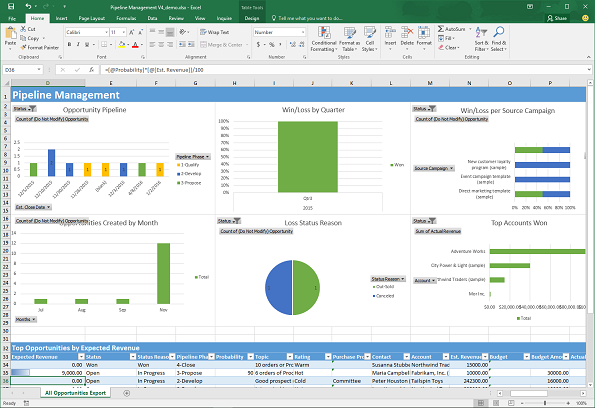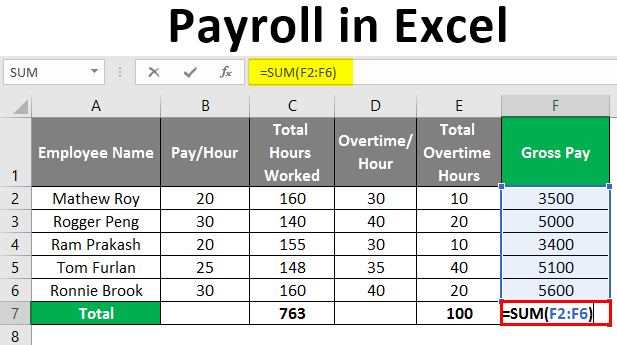

Customer lifetime value (CLV/CLTV) is one of the key stats that represent the profit generated by the business over the entire span of the relationship with your company.A total of the same helps to acquire customers and in turn increases supports the insurance rate-ratio of a company. This leads to deciding on personalizing offers, policies, prices and even marketing ads.

The acquired data from various digital platforms helps create a hypothesis/model to craft personalization and marketing strategies.This helps insurance providers devise targeted campaigns for their customers through personalized offers, policies, loyalty programs, and recommendations. Advanced analytics extract valuable insights from the vast amount of database that comprises details such as user’s demographic data, hobbies, lifestyle details, interests, belief systems, and more.Predictive analytical models assist underwriters to make informed data-driven predictions about clients’ risk profiles with improved accuracy. Data analytics services help detect risky claims and forward them before the authorities for further analysis. Previously, it was challenging for underwriters for evaluating the risk of insurance policies by relying on specific, predefined guidelines, basic statistical models such as profiling and scoring models, and their intuitions.For instance, historical data can be collected from credit agencies, customer e-mails, user forums, third-party vendors, and social media. Insurance data analytics provides the ability to integrate all your data from internal and external sources in one system to conduct comprehensive risk assessments.Advanced data analytics helps conduct a real-time risk analysis that enables companies to become resilient in a volatile scenario to detect, analyze and mitigate the situation and plan corrective action.Predictive modeling techniques are applied to analyze patterns in fraud and the screening of false claims. Whenever a claim made by a user with a history of false claims is detected, the fraud prevention system halts the claim process and suggests case investigation.

Improvements in technologies have made it possible to detect suspicious claims, fraudulent activities, and behavioral patterns by leveraging predictive analytics that is subjected to further investigation.According to various studies, 10% of all claims turn out to be fraudulent. The fraud cases in claim processing are a major challenge for the industry.Previously, it was difficult to customize policies at the individual level. However, insurance providers can now use pay-as-you-go and more dynamic pricing models based on clients’ behavioral signals, predicted risk factors, and shopping preferences.By analyzing consumers’ behavior, lifestyles, pricing sensitivity, and buying preferences, you can optimize and showcase more appropriate insurance products.

Data analytics in insurance helps actuaries to build policies better suited to dynamic business needs, market conditions, risk concentrations, and patterns.


 0 kommentar(er)
0 kommentar(er)
